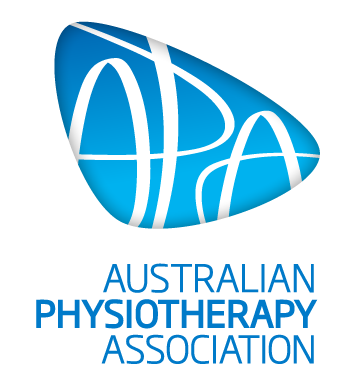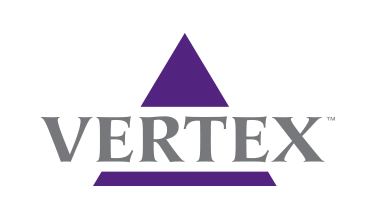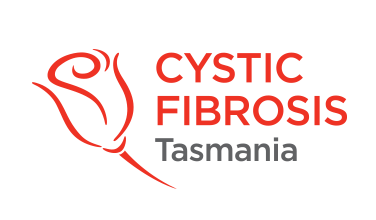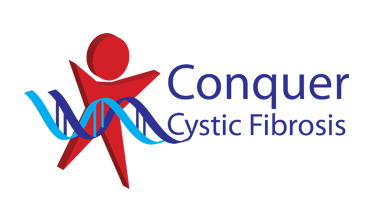Different Ways of Delivering Inhaled Medications
The type of inhalation therapy device used is very important in determining how much medication is effectively delivered to the lungs. Even if an individual takes all of their inhaled medications, the effects of the medication may be limited by issues such as:
- A device that is not ideal, it may be difficult to clean and keep in a good working order, it may not deliver the medication you have been prescribed, it may be a device that is not approved for the amount of medications you are on
- A device that is not maintained correctly or not working well
- The person is not using correct breathing techniques
There are three main methods for taking inhaled medication. These are:
- Metered dose inhalers (MDI), sometimes referred to as a puffer.
- They are small plastic containers that hold a gas cylinder containing medication.
- A MDI should always be used with a spacer for all adults and children regardless of age or experience in using a MDI
- Dry Powder inhalers (DPI) commonly known as ‘inhalers’.
- These are small plastic containers that hold the medication as a powder.
- By rotating a part of the DPI, the medication is released. The individual then needs to inhale the powder.
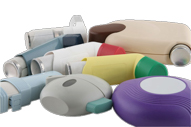
Dry powder and metered dose inhalers
3. Nebulisers –
Nebulisers are used to convert a liquid medication into an aerosol.
A face mask is used in infants and small children. When the child is old enough, they will use a mouthpiece nebuliser. When mouthpiece nebulisers are used correctly they deliver more medication to the lungs, than the mask.
- Jet nebulisers: there is a driving source (the nebuliser pump) to provide the gas/air to convert the medication into an aerosol/mist
- Vibrating Mesh nebulisers – using vibrating technology to turn the fluid into a mist
- Ultrasonic nebulisers (almost only used in the hospital setting) uses ultrasonic technology to vibrate the fluid into a mist

Conventional jet nebuliser ( Pari®)
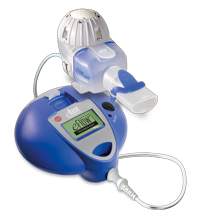
There are many factors to consider when purchasing a nebuliser and it is recommended that you discuss which nebuliser suits your needs best with the CF team
Nebuliser Maintenance
- It is important that all inhalation therapy equipment is regularly cleaned according to product recommendations which come with each individual product.
- Individuals are encouraged to have their devices and equipment reviewed by their physiotherapist at least once a year to check both their inhalation therapy technique and also ensure the equipment is working effectively (for example checking pump pressures, changing filters as recommended and review cleaning regimes).


